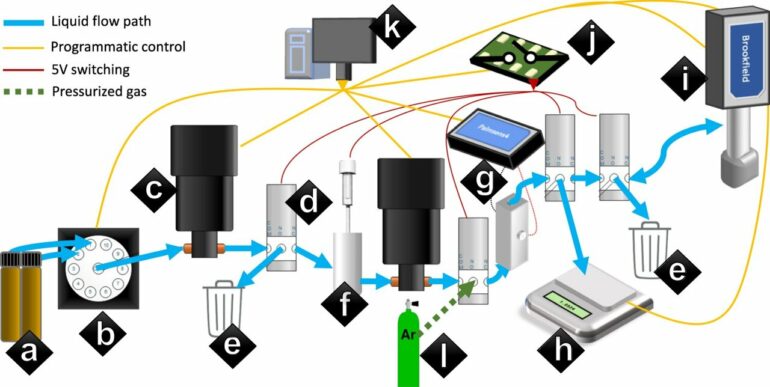Researchers from City, University of London’s School of Science and Technology have developed an innovative algorithm called FatNet.
In anticipation of a future where Moore’s Law (which predicts the doubling of computing power every two years), will no longer be effective, Ph.D. student Riad Ibadulla, Professor Thomas Chen, and Dr. Constantino Carlos Reyes-Aldasoro, have created a breakthrough algorithm which leverages the high-resolution capabilities of optical accelerators in artificial intelligence (AI) applications—which makes the future conversion to optical computing more efficient.
Their research into the development of FatNet has been published in AI, the open access journal on artificial intelligence (AI).
Optical accelerators have been a subject of interest for AI research for a long time. However, modern neural networks are not designed for optical computing, as they were primarily developed during the CPU/GPU era; they do not have an advantage over the parallelism capabilities of optical computing and tend to use a lower resolution where classification problems arise.
To address this challenge, the three City researchers have introduced the FatNet conversion, which can transform any convolutional network into a specialized network more compatible with the optical AI accelerator.
This maximizes the parallelism potential of optics, making FatNet one of the first algorithms that efficiently integrates AI models into the 4F free-space optical accelerators. The algorithm is specifically designed for deep learning, a subset of machine learning that mimics the human brain.
FatNet is based on the technique called convolutional neural networks (CNNs) to process and classify images. These specialized deep learning algorithms are known for their effectiveness in image recognition tasks.
However, FatNet uses more efficient ways of performing the convolutional neural networks, making it significantly faster than traditional CPU/GPU based AI. By utilizing optical accelerators, FatNet can perform these tasks with significantly reduced energy consumption and processing time.
The potential applications of FatNet are huge, ranging from enhancing the precision of medical diagnoses to advancing autonomous vehicle technology.
The development of FatNet marks a significant step forward in the realm of AI and computing, offering a promising solution for a future where conventional computing approaches may become inadequate.
More information:
Riad Ibadulla et al, FatNet: High-Resolution Kernels for Classification Using Fully Convolutional Optical Neural Networks, AI (2023). DOI: 10.3390/ai4020018
Provided by
City University London
Citation:
Technologists develop FatNet algorithm (2023, May 9)



